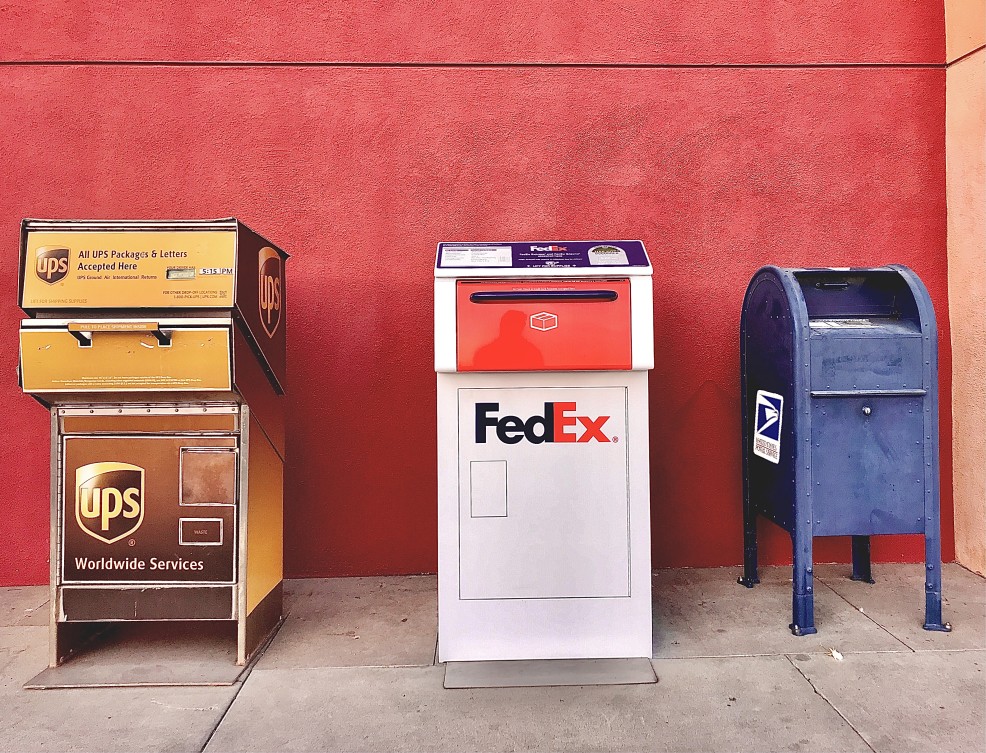The way you send or receive packages and parcels is important. The method of delivery can cost differently among different carriers and there are other factors like speed, care, and insurance. You want your package or parcel to arrive safely and intact.
While they use the same letters, there are vast differences between the USPS vs UPS. Most understand they are two separate entities but many may not understand how their delivery methods are different, the pricing of each, or how to compare services. It pays, sometimes literally, to know the distinctions. That way, you can pick the service that fits best for that special delivery. Read further to find out all the differences between the two delivery services.
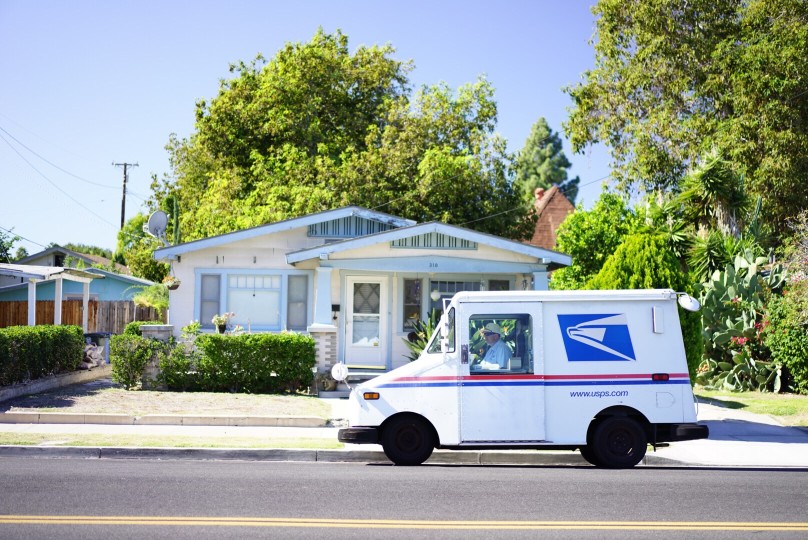
USPS History
The USPS is the United States Postal Service. It began before the Revolutionary War started with Benjamin Franklin appointed by the Continental Congress as its first Postmaster. It has always been a government entity and considered a part of infrastructure even though postal customers have always had to pay, at least in part, for its services.
Franklin and others of the Continental Congress felt having a mail system was critical to being a strong nation. It allowed for messaging among the military and to those elected. It also allowed those elected to communicate with voters and also included sending newspapers through the mail. Getting newspapers was important to getting Americans to participate politically, according to the post office’s early advocates.
The Early U.S. Post Office
People in those days using the post office paid for sending mail and none was delivered to homes. Residents would wait for hours in line at the post office to retrieve their mail and those who lived outside the city would check their mail when they went into town to buy and sell, which was about once a week.
Stamps didn’t come into being until 1847 when they first were issued. However, those first stamps aren’t anything like what we have today. Back then, the price of a stamp was based on the destination of the letter or package. More was charged if the destination was further away, similar to how special delivery services like FedX and UPS run things today.
Registered mail began in 1855 and the USPS also began requiring to prepay for postage before mailing a letter or parcel. The Pony Express began in 1860 and free city delivery began in 1863. A difference between then and now is that mail was delivered then whenever it came in or whenever it was convenient for the post office in the area. The USPS didn’t start once-a-day mail deliveries until much later in 1950. There were no rural deliveries in the early days either. Rural delivery didn’t start until 1896.
The First Express Delivery Service
The Pony Express, which only lasted about a year and a half, was the express mail service of the day. Riders were in charge of getting mail to their destination more quickly than traditional mail services. It became important for communication cross-country, getting mail back and forth from the East to the booming West Coast. The Pony Express cut off cross-country delivery time with messages arriving in about 10 days. It got a government subsidy and charged fees for the service but went bankrupt with the establishment of the telegraph.

Making Mail Service Affordable
The USPS did something unique that year in that it created uniform postage rates. That means that the price of a stamp would be the same whether it was sent across the street or across the country. The postal service had many changes since then from using airplanes to instituting zip codes, a public internet site to phone apps. Several things of significance changed the government-owned and operated institution forever.
First, Congress, which oversees the post office budget, felt early on that services would be threatened by competition and unable to serve rural Americans at a cost that most citizens could afford. The fear was companies would take the most profitable routes and leave the unprofitable ones to the post office. It created laws called the Private Express Statutes (PES) in 1792 under the U.S. Constitution that said it was the government’s responsibility and within its power to establish post offices and postal roads. This effectively validated the Post Office Department as a part of the infrastructure. As changes were made over time, PES allowed the post office to become a letter-mail monopoly.
Time Changed Things
Congress changed the Post Office Department into the United States Postal Service in 1970. This made the service a self-supporting governmental entity that can create its own policies without a lot of government oversight. However, it wasn’t until 1982 that the USPS stopped taking taxpayer-funded, government subsidies. As government officials predicted, the USPS saw competition from other private mail and package carriers with the introduction of competitive rates from UPS, Federal Express, and a host of others. The introduction of email also carried weight in the drop of letter delivery, similar to what the telegraph did to the Pony Express.
The USPS felt it needed to be competitive beyond standard mail delivery so it introduced the Priority Mail flat-rate box in 2004 and has since launched other products. Competitive pricing began in 2004 and informed delivery became available nationwide in 2017. This is a service that allows customers to digitally preview mail that is expected to be delivered soon. Not all customers are eligible for this service.
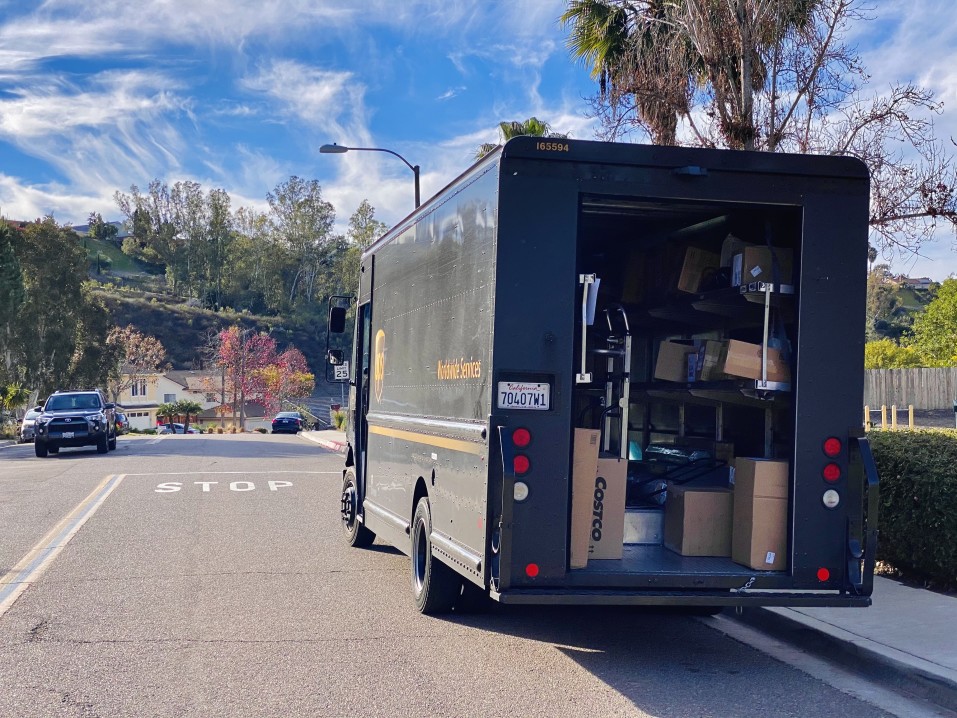
UPS History
The United Parcel Service (UPS) is almost as old as the postal service. UPS dates back to 1907. That was when the American Messenger Company began in Seattle. Two teenagers, James E. Casey, 19, and his friend Claude Ryan borrowed $100 for capital and set up a shop in the cellar of a tavern owned by Ryan’s uncle. Employees did a little more than deliver packages then. They also ran errands and made other deliveries around town, either by bicycle or on foot. The young men opened another shop in 1912 and merged the next year with a competitor. It bought its first delivery truck, which was a converted Ford Model T. It was then that the company’s founders started focusing solely on package deliveries from stores. The name was changed to Merchants Parcel Delivery. Trucks were painted brown in 1916 to cover up dirt and grime acquired during numerous deliveries.
The Start of Expansion
The company expanded into California and began calling itself United Parcel Service in that state. By 1925, that was the public name for the entire company. It covered the West Coast by the end of the 1920s. UPS moved its headquarters to New York City in 1930 and continued expansion on the East Coast. However, it still maintained to only handle store parcel deliveries although it had offered common carrier service in California since the 1920s.
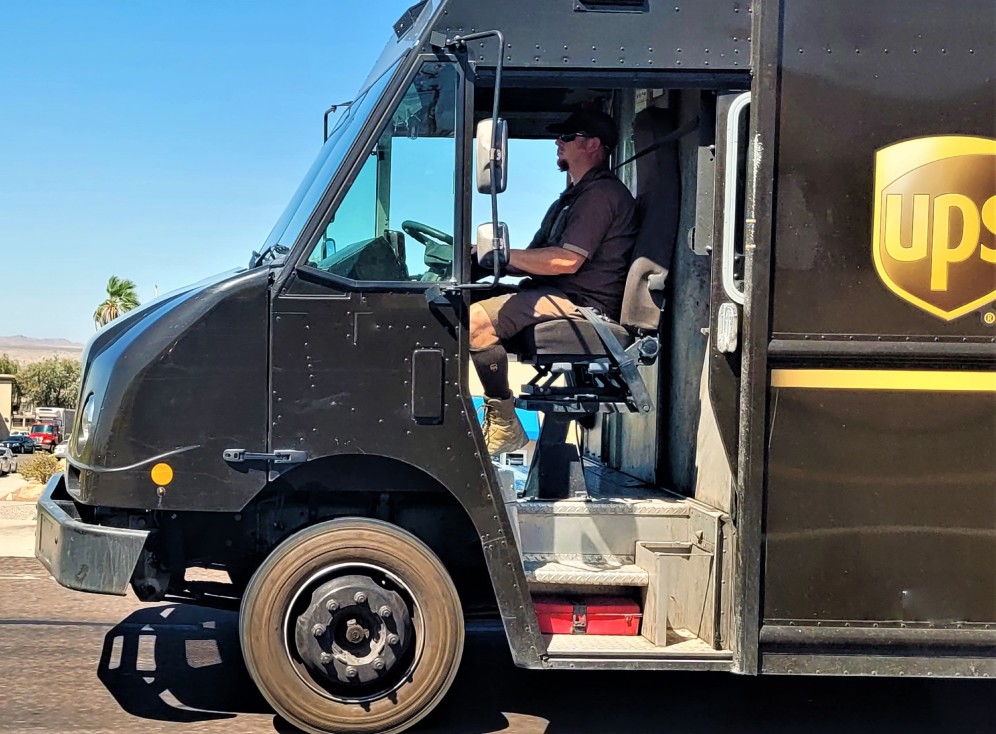
Delivery Changes
That posed a problem in the 1950s because more people had cars and could carry packages home, decreasing the need for delivery. The company started moving into common carrier service nationwide in 1953. It was now competing with the U.S. Post Office in parcel post delivery. It increased its services for the competition, adding air freight services in 1953. Like the USPS, UPS had to fight off the competition of new arrivals offering overnight air delivery and other quicker methods over the decades. It started UPS Airlines in 1988 to provide similar services. The airlines had a main global hub in Louisville, Kentucky. It developed into a fleet of more than 200 aircraft.
This was a contentious effort in competing with the U.S. Post office until 1975 when regulatory barriers were cleared for UPS to operate in all 48 states in the continental U.S. Even though the removal of delivery barriers was overcome by UPS, the private company will always face an uphill effort in competing with the USPS. That’s because the USPS has the innate advantage of being a government entity, although legally considered to be an independent agency. The USPS will always have government oversight with the federal government able and willing to subsidize its budget if needed.
UPS, being a private company, doesn’t have that luxury. It must survive on profits derived from its business. For instance, the federal government just agreed to remove USPS budget restrictions. That, in essence, allows the government to fund it as needed to prevent losing Saturday standard mail delivery and face serious budget issues in 2024 without raising rates to the cost of inflation. UPS must, at the same time, pay for inflationary costs of its services from gas to employee pay of its profits. Its only way of recouping additional costs is to raise rates.
Going International
The company moved its headquarters to Greenwich, Connecticut, and began going international with deliveries in Canada. It moved again in 1991 to Sandy Springs, Georgia just outside Atlanta. It bought the retail outlet of Mail Boxes Etc. in 2001, which was renamed the UPS store. That allows UPS to offer a mailbox, similarly to the USPS post office boxes, as well as shipping and clerical services like printing to both individuals and small businesses. That, in a small way, puts it in competition with companies that offer similar printing and business services. However, UPS also uses some of those business services in partnership as drop-off and pick-up locations. Now, UPS is a global business that provides delivery services to more than 200 countries and territories.

USPS vs UPS Cost and Delivery
The USPS will always be the cheaper route for delivery when compared to UPS. That’s because of the built-in governmental factor. UPS has to also pay fees and surcharges and that adds up. The extra fees and surcharges are most noticeable when shipping smaller packages, which generally cost less to deliver. The USPS provides better rates when you are shipping packages weighing less than two pounds. UPS is considered to be a better value when you want to ship larger packages. When you compare UPS ground with USPS Retail Ground, USPS comes out better in delivery. USPS can deliver in as little as three days, although it has a seven-day window. UPS Ground delivers in six days.
Prices are close in both options with the USPS charging $10.60 and UPS charging $10.46. Comparing rush mail services has the USPS charging much more for its USPS Priority Mail 2-day service but with quicker two-day delivery. UPS has its 3-day Select Service for $16.30 but it takes five days to deliver.
UPS also has UPS Express Critical and its Next Day Air services. Both entities are now competing for e-Commerce deliveries. For those needing a regular delivery service, here are some key points.
- USPS offers free Saturday delivery. UPS has fees for weekend delivery.
- USPS delivers e-Commerce packages on Sunday. UPS charges extra for this.
- Both have package tracking but USPS package tracking is less reliable by reputation. UPS has always excelled in tracking.
- USPS is usually considered to have faster delivery than UPS, which sometimes takes two weeks to deliver with UPS Ground.
- USPS allows multiple items to be shipped in its flat-rate boxes, making that more affordable.
- UPS has same-day delivery and next-day delivery services while USPS doesn’t have those services.
- UPS guarantees express shipping while USPS does not guarantee exact arrival times in all cases.
- UPS offers more affordable rates than USPS for larger packages.
- UPS charges a flat rate for pickup while USPS picks up for free.
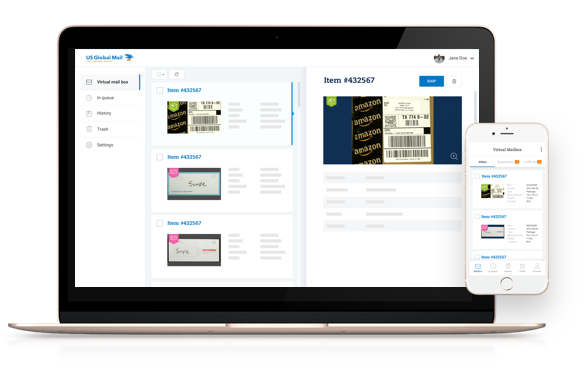
Final Thoughts
You may have different needs at different times and it pays to consider which entity provides for those needs. Each has its strengths and weaknesses so it may pay to use both to meet all your needs, or at least offer both to e-Commerce customers.
While the USPS is moving into informed delivery, US Global Mail already has it with its Virtual Mailbox. A Virtual Mailbox is much better than informed delivery services. It not only lets you preview the envelopes delivered to a secure location but also allows you to digitally open your mail and read it.
With a Virtual Mailbox, you won’t need to make a trip to your P.O. box or deal with rural delivery issues. We can accept all your mail and packages for you, keep them in a safe location, and provide images of them to your secured online account. You can pick them up at your convenience without missing a beat on reading all of your mail.

